Prof. Amit Kharkwal from Amity University Uttar Pradesh Wins Top Honor for Breakthrough Agricultural Innovation
New Delhi: Bharat R&D Summit Calls for Public-Private Partnerships to Boost Innovation
First Para: The FICCI-hosted summit underlined the need for robust collaborations between industry, academia, and government to strengthen India’s science and technology ecosystem and ensure grassroots-level innovation.
The sessions throughout the day featured distinguished speakers who highlighted the importance of localized research and development (R&D), public-private partnerships (PPP), and strategic reforms to strengthen India’s Science, Technology, and Innovation (STI) ecosystem.

Dr. Vivek Kumar Singh, Senior Advisor S&T, NITI Aayog, emphasized the pivotal role of State Science and Technology Councils in expanding India’s STI ecosystem. Referencing a NITI Aayog report released on July 10, 2025, he noted that 67% of India’s research output comes from 450 centrally funded institutions, while state institutions lag behind. “India cannot become a Viksit nation unless we have Viksit states,” he said, stressing the need for structural reforms, increased funding (at least 0.5% of GSDP), and enhanced industry linkages to empower state councils. Dr. Singh also highlighted India’s progress in patent filings (56% resident filings) and its rise to 38th in the Global Innovation Index, underscoring the urgency to boost R&D investment to sustain this growth.

Dr. Shivkumar Kalyanaram, Chief Executive Officer, Anusandhan National Research Foundation (ANRF), Government of India, outlined ANRF’s role as a statutory body chaired by the Honourable Prime Minister, aimed at catalyzing India’s rise as a research and innovation powerhouse. He discussed ANRF’s strategy, which includes grants for early-stage research, mission-mode programs like electric mobility and AI for science, and a Rs. 1 lakh crore innovation fund to drive deep tech investments. “The Honourable Prime Minister has been clear that we should be a catalyst, not a crutch, for this process,” Dr. Kalyanaram said, emphasizing programs like PAIR to foster collaboration between top and emerging institutions and platforms like Saral to democratize research through AI-driven tools.
Dr. Nisha Mendiratta, Scientist ‘G’ & Head/Advisor, State S&T Programme (SSTP), Department of Science and Technology (DST), stressed the importance of grassroots-level R&D involving tier-1 organizations and state institutions. “We need to encourage local R&D for grassroots workers, involving all stakeholders to ensure comprehensive solutions,” she said. Dr. Mendiratta highlighted the role of State S&T Councils in identifying region-specific needs and promoting startups, innovation, and entrepreneurship through the PPP model to drive impactful outcomes.
Mr. Chau Dhyana Mungyak, Director cum Member Secretary, Arunachal Pradesh State Council for Science & Technology (APSCT), underscored that collaboration between industry, government, and academia is essential for inclusive growth. “Each stakeholder brings unique strengths: industry offers real-world insights, academia drives research and skills, and government provides policy and funding,” he said. He detailed APSCT’s initiatives, including the Science Technology and Innovation Resource Center for advanced prototyping shared via the I-STEM portal and a Centre of Excellence for Biomedical Resources, benefiting over 3,000 individuals through training in areas like orchid and banana fiber research.
Prof. Arun Kumar Tyagi, Emeritus Scientist, Uttarakhand State Council for Science and Technology (UCOST), highlighted the need for tailored innovations to address Himalayan challenges like landslides and seismic vulnerability. UCOST is supporting 10,000 S&T champions to deliver services at the village level, focusing on disaster mitigation and livelihoods. Prof. Tyagi invited participants to UCOST’s Science and Technology event in Dehradun from November 27-29, 2025, to further explore collaborative opportunities.
Mr. Anubhav Saxena, Chief R&D Officer, Pidilite Industries Limited, addressed the R&D investment gap in India’s chemical industry, which spends 0.6% of revenue compared to the global average of 1.1%. Noting that 80-90% of research output comes from India’s top 50 institutes, he called for broader participation from the remaining 1,300 institutions. “We need to move faster in bridging the gap between industry and academia through structured internships and exchanges,” he said, highlighting the need for long-term, high-impact projects to achieve national goals.
The summit underscored the critical role of State S&T Councils in translating national innovation policies into localized solutions, fostering partnerships, and leveraging platforms like I-STEM to democratize access to research facilities. Discussions highlighted the need to align academic curricula with industry requirements, promote entrepreneurship, and address regional challenges through collaborative efforts. With initiatives like ANRF’s innovation fund and NITI Aayog’s strategic roadmap, the summit laid a strong foundation for achieving India’s developmental goals.
All the technologies showcased at the summit were exceptional, with 10 shortlisted from a highly competitive pool. Among them, the top three finalists were honored for their outstanding innovations, along with the 1st and 2nd runners-up:
Winner: Prof. Amit Kharkwal, Amity Institute of Microbial Technology, Amity University Uttar Pradesh – “HNB9- Talaromyces albobiverticillius HNB9: A Patented Novel Root-Colonizing, Phosphate-Solubilizing Fungus with Plant Growth Promotion & Yield Enhancement Properties.”
1st Runner-Up: Dr. Sreepriya Vedantam, CSIR–Indian Institute of Chemical Technology – “Indigenous technology development for the synthesis of Hydrazine Hydrate from lab scale to commercial scale.”
2nd Runner-Up: Dr. Anirbid Sircar, Pandit Deendayal Energy University – “Hydrogen Blending into the Natural Gas Pipeline Infrastructure.”
FICCI’s Bharat R&D Summit 2025 reaffirmed the commitment to a unified approach to innovation, driving sustainable growth and regional development through science and technology.


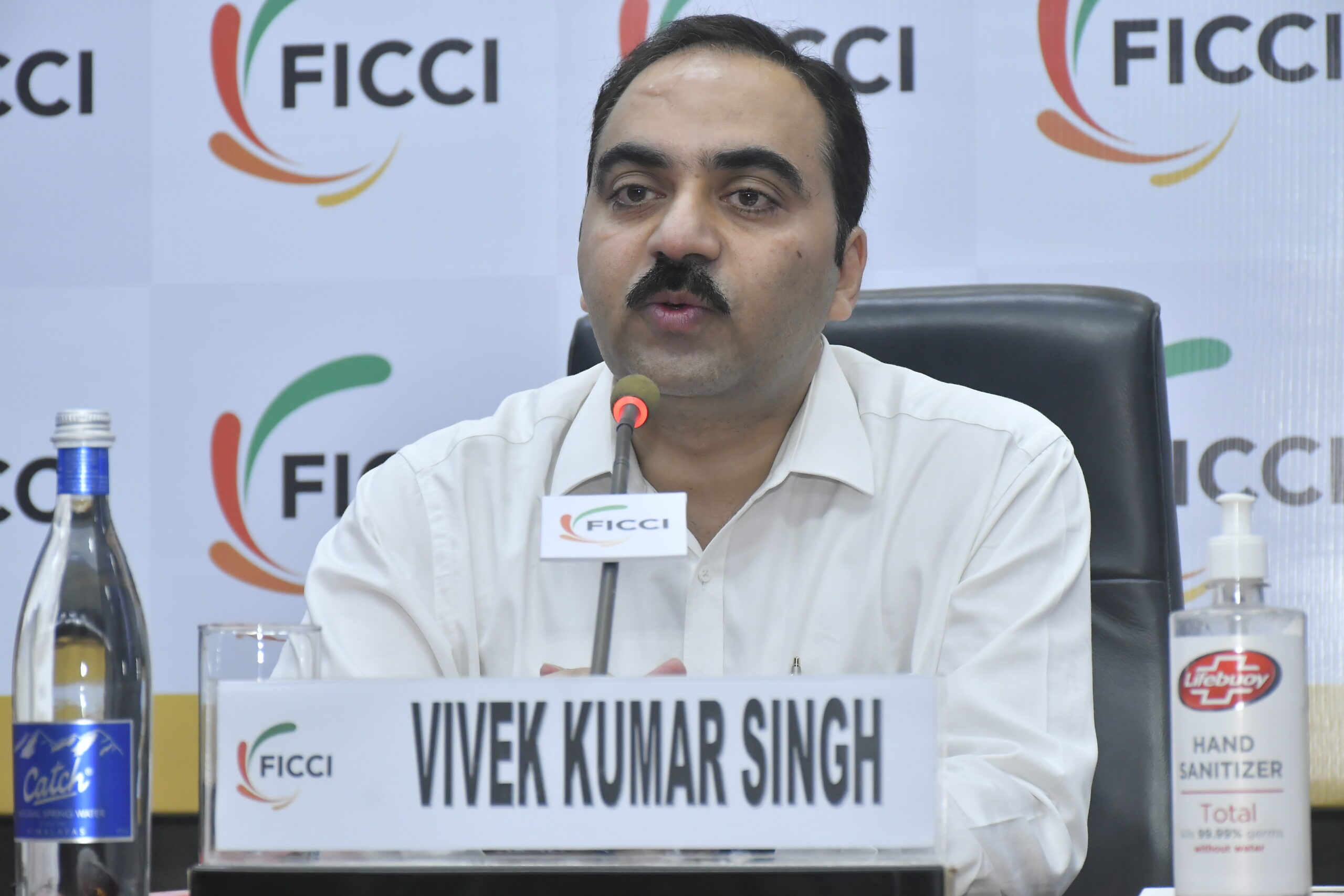
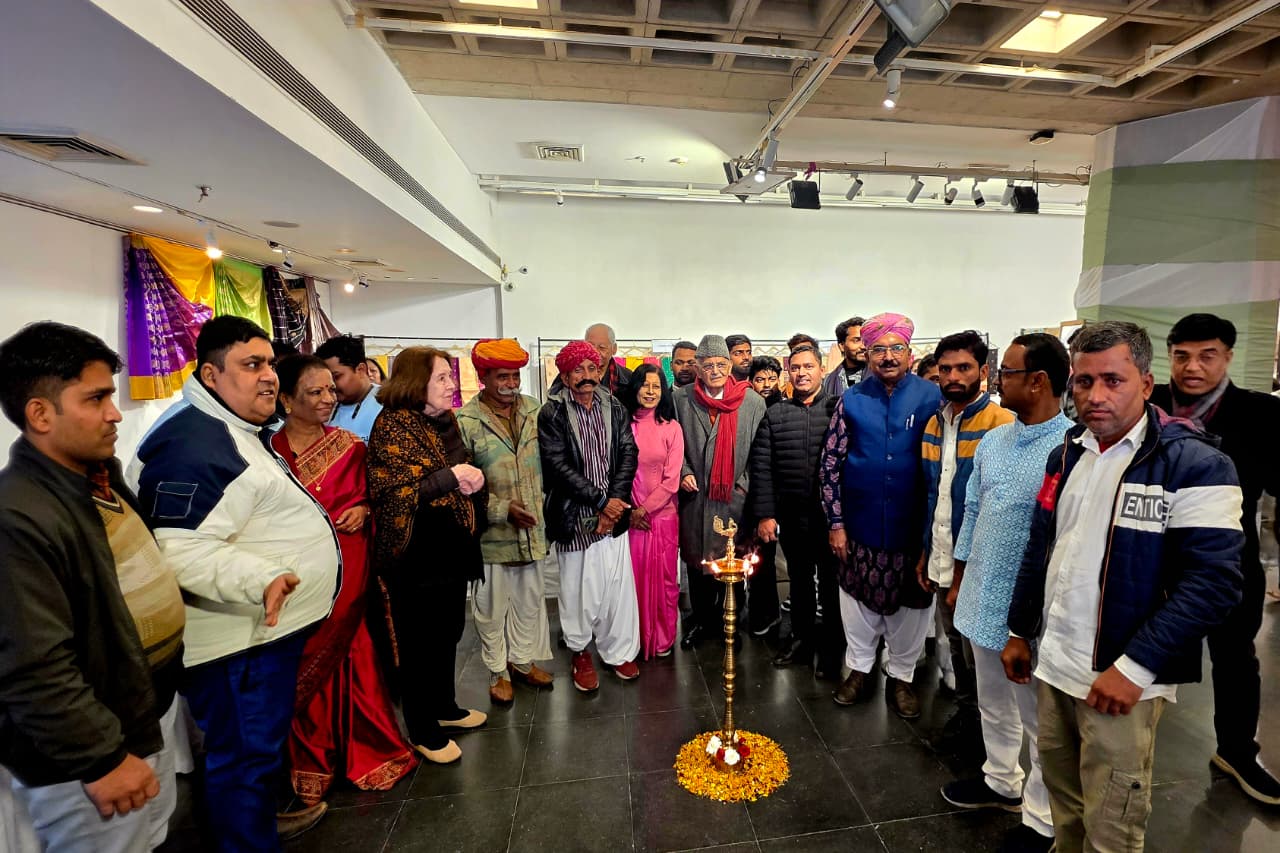
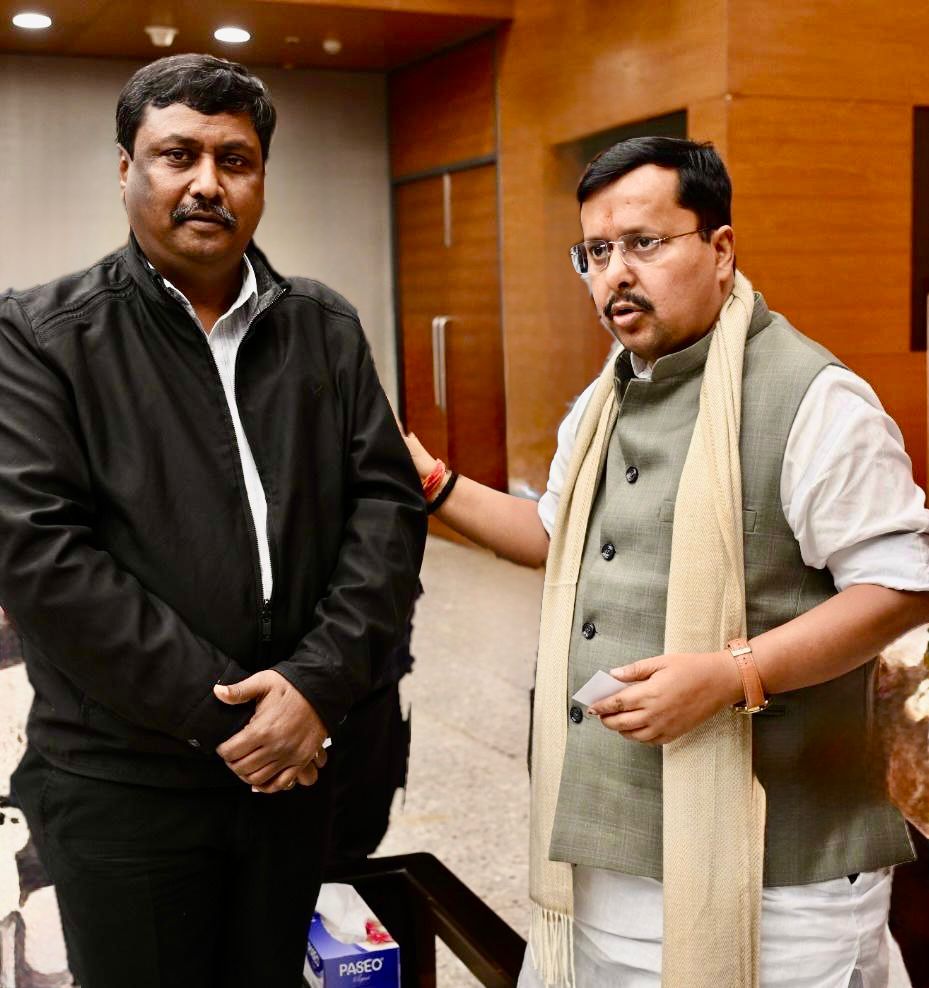
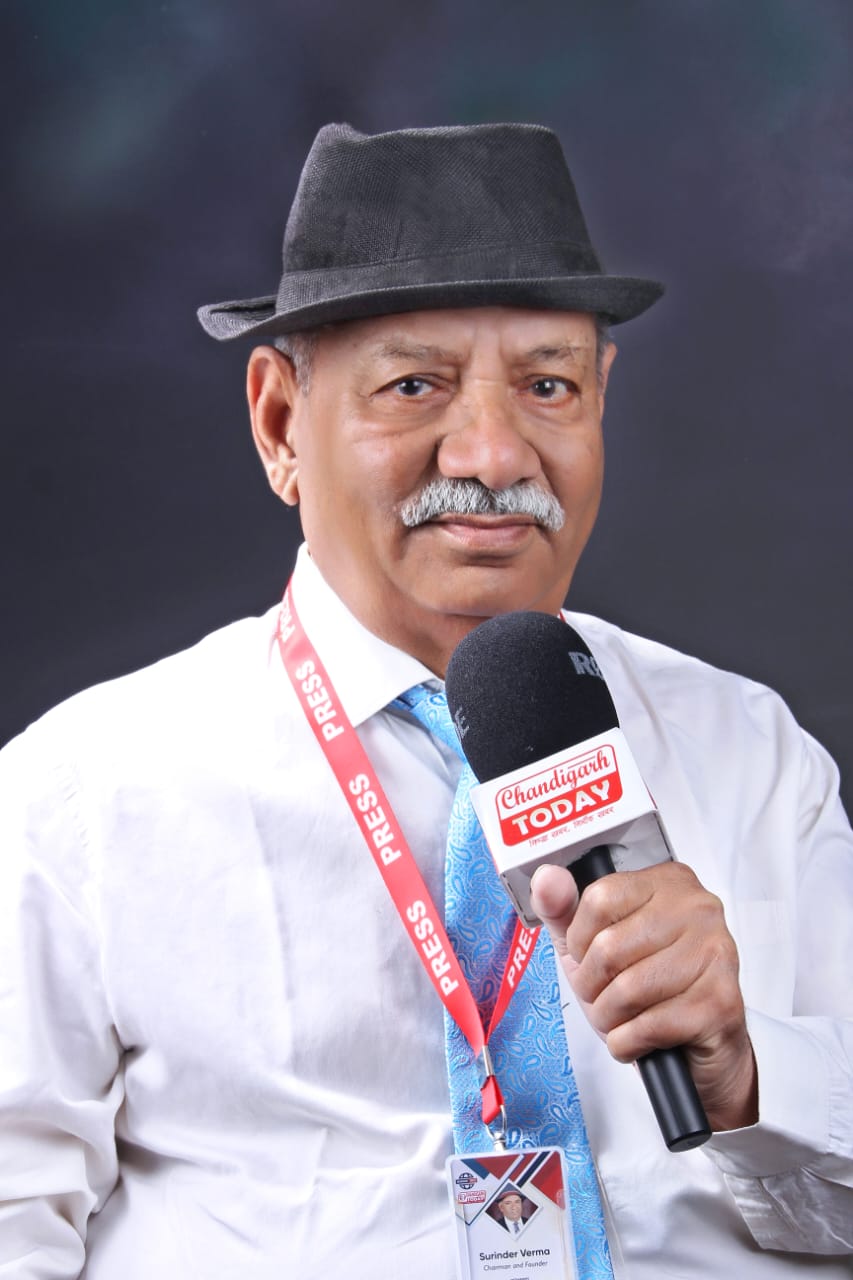
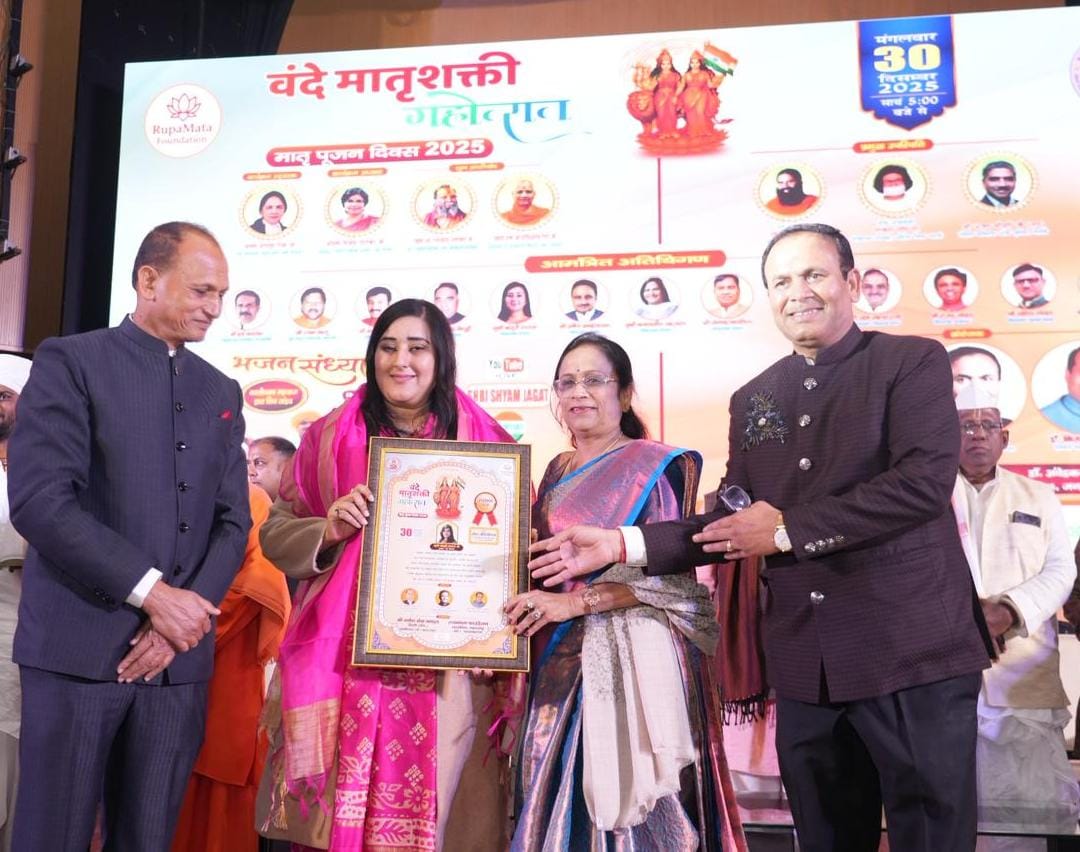
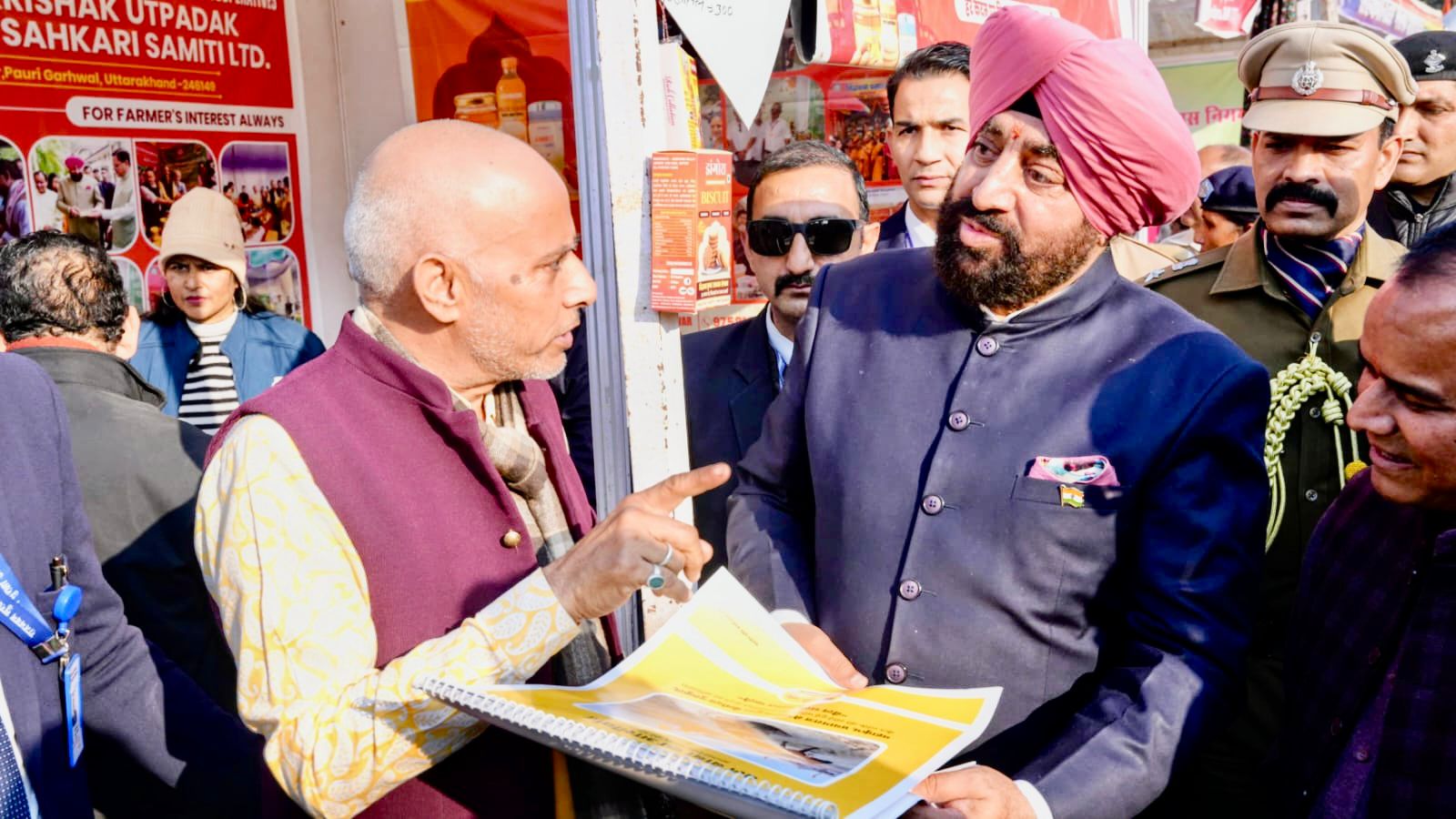
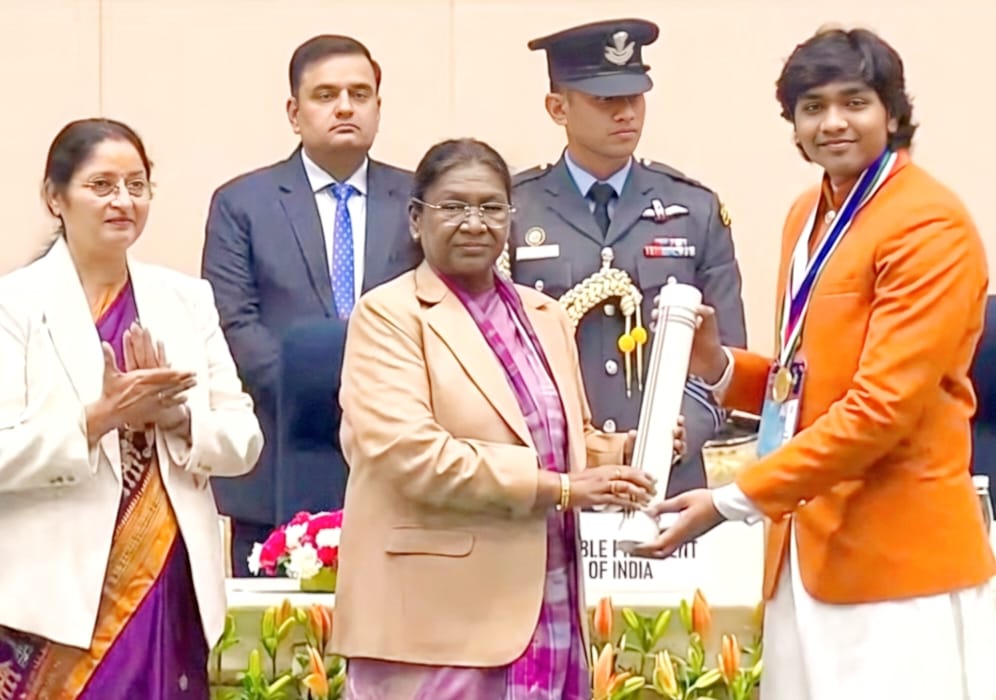
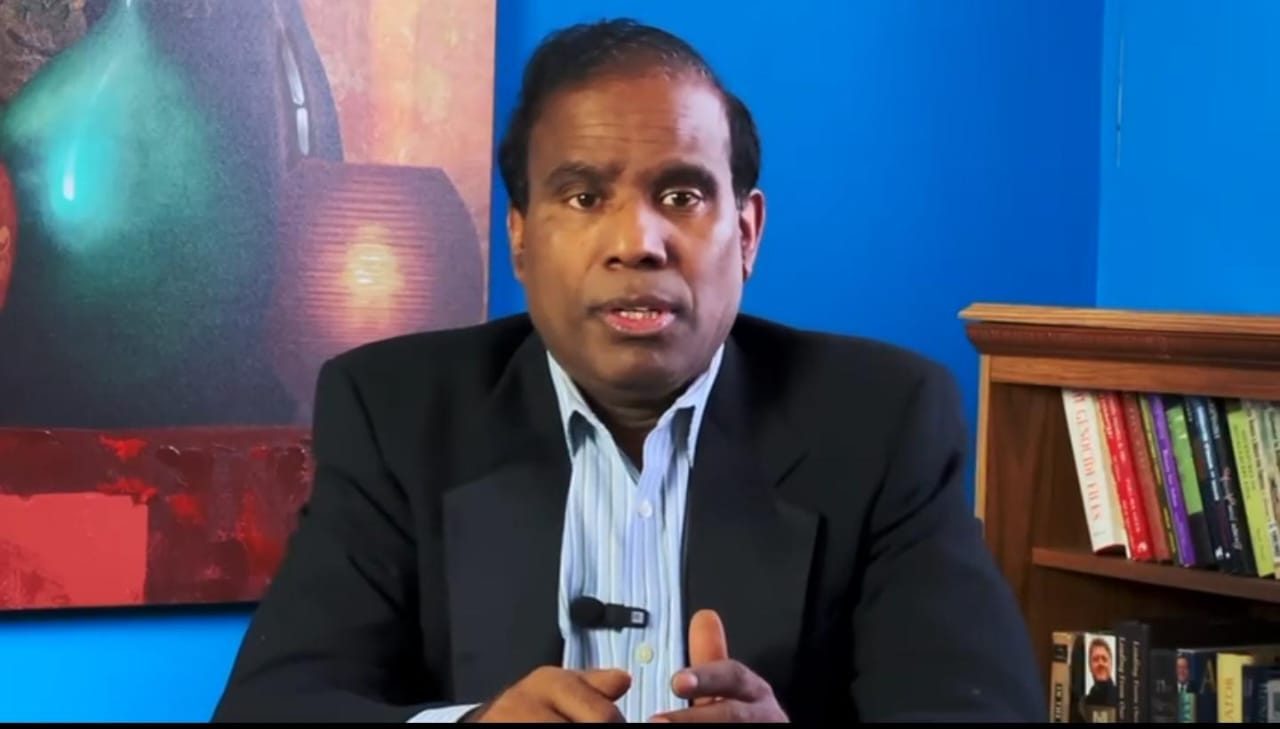
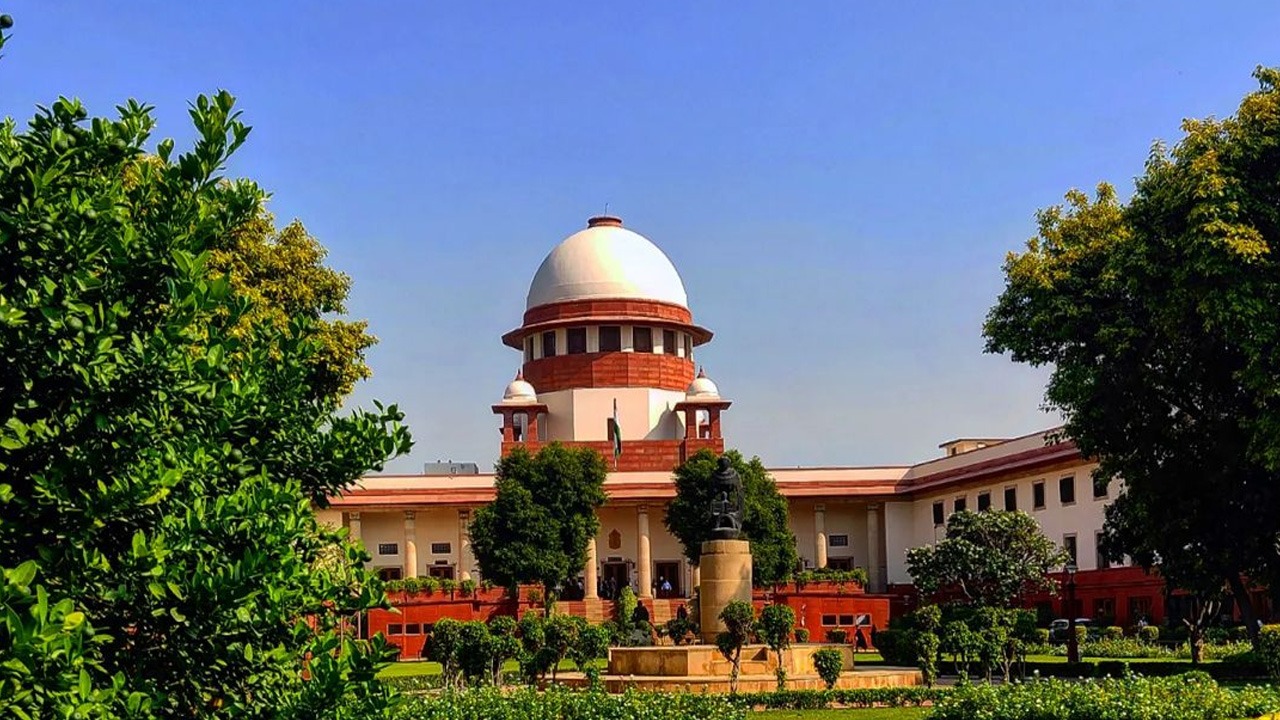
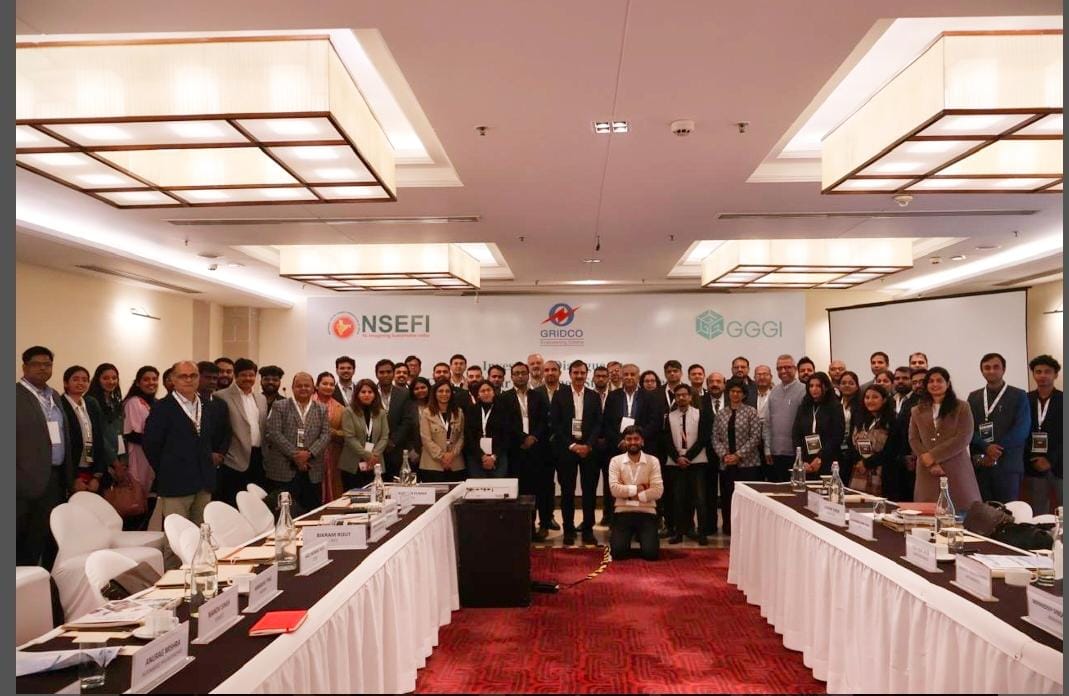
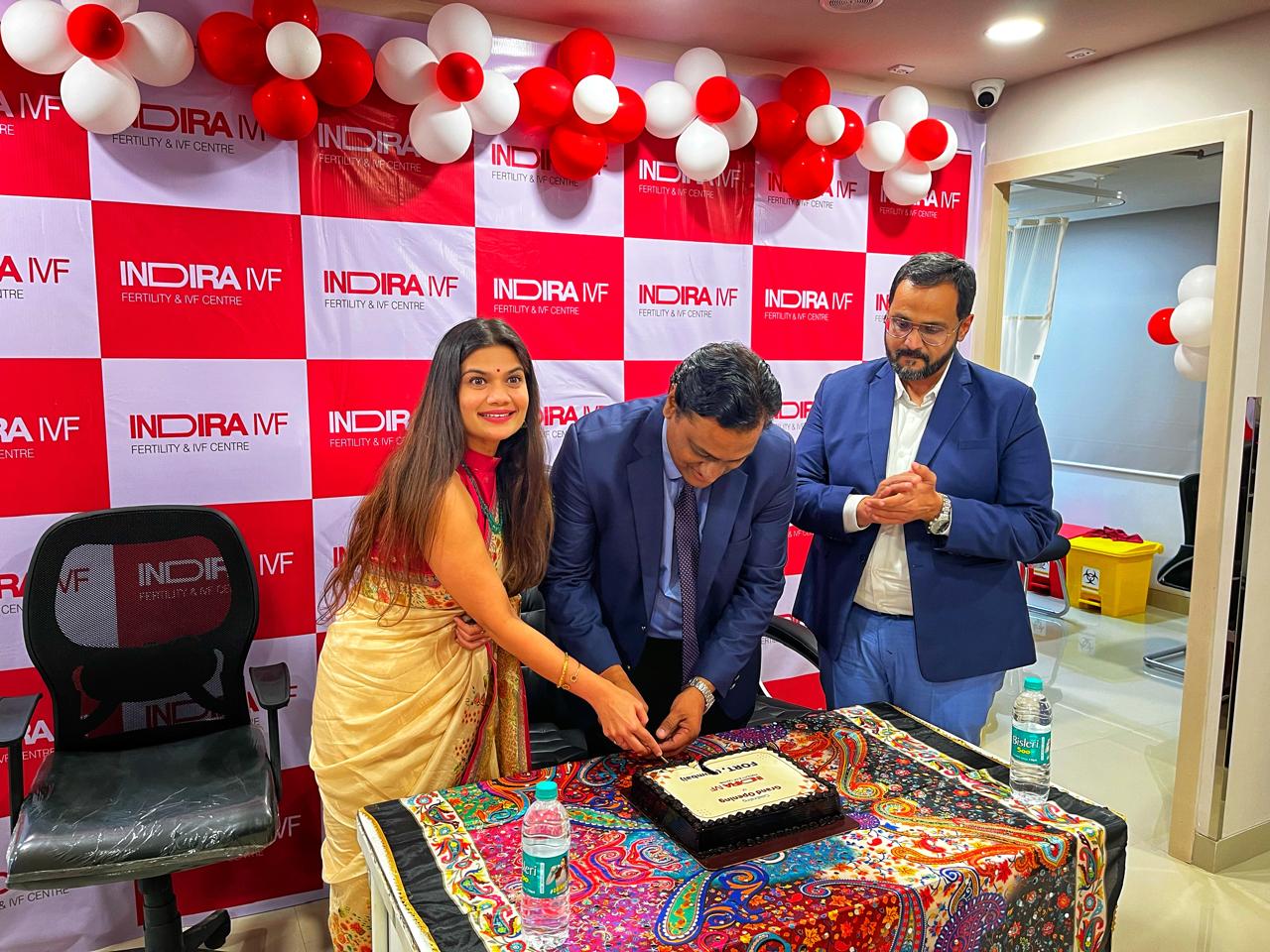
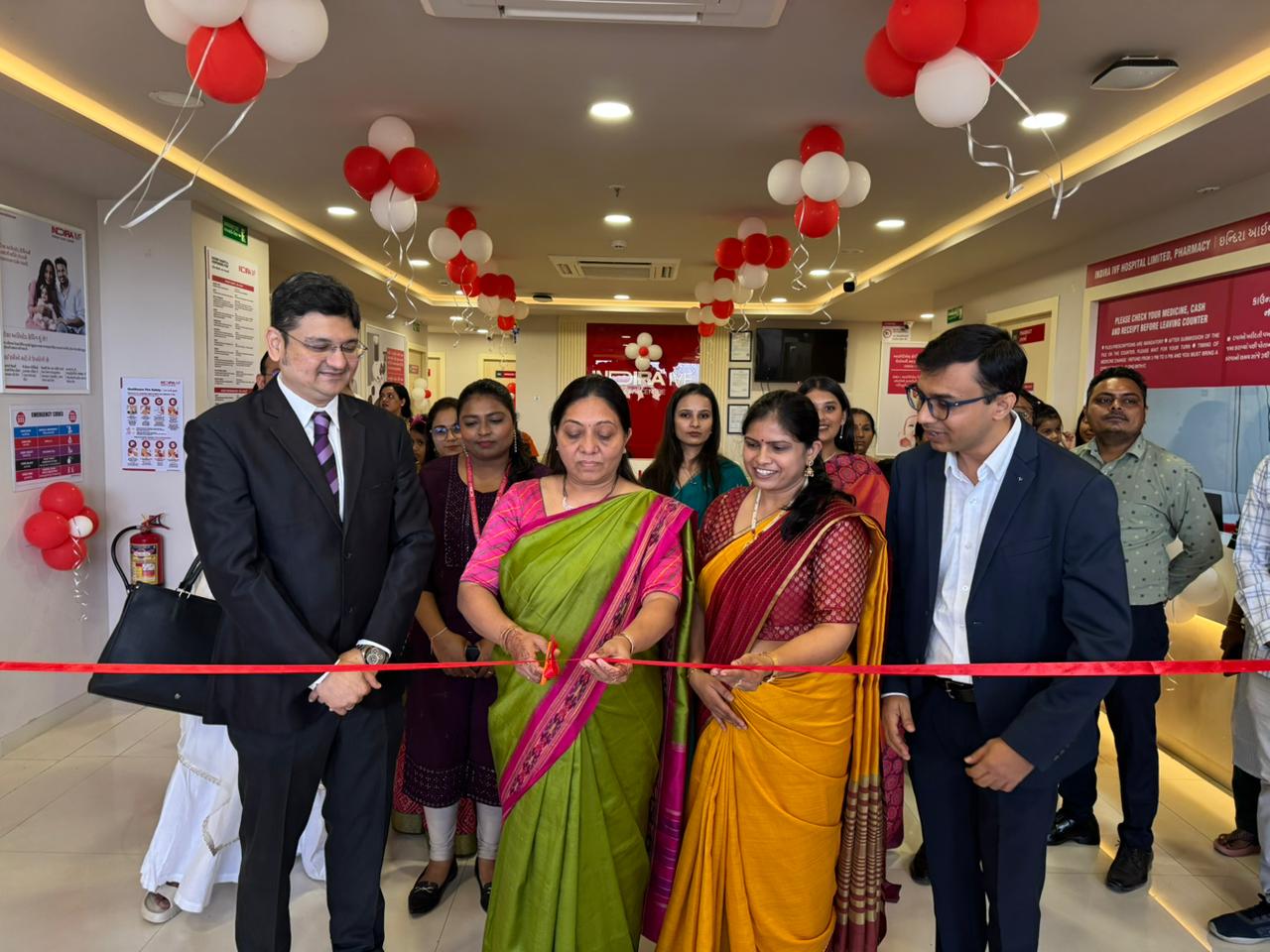
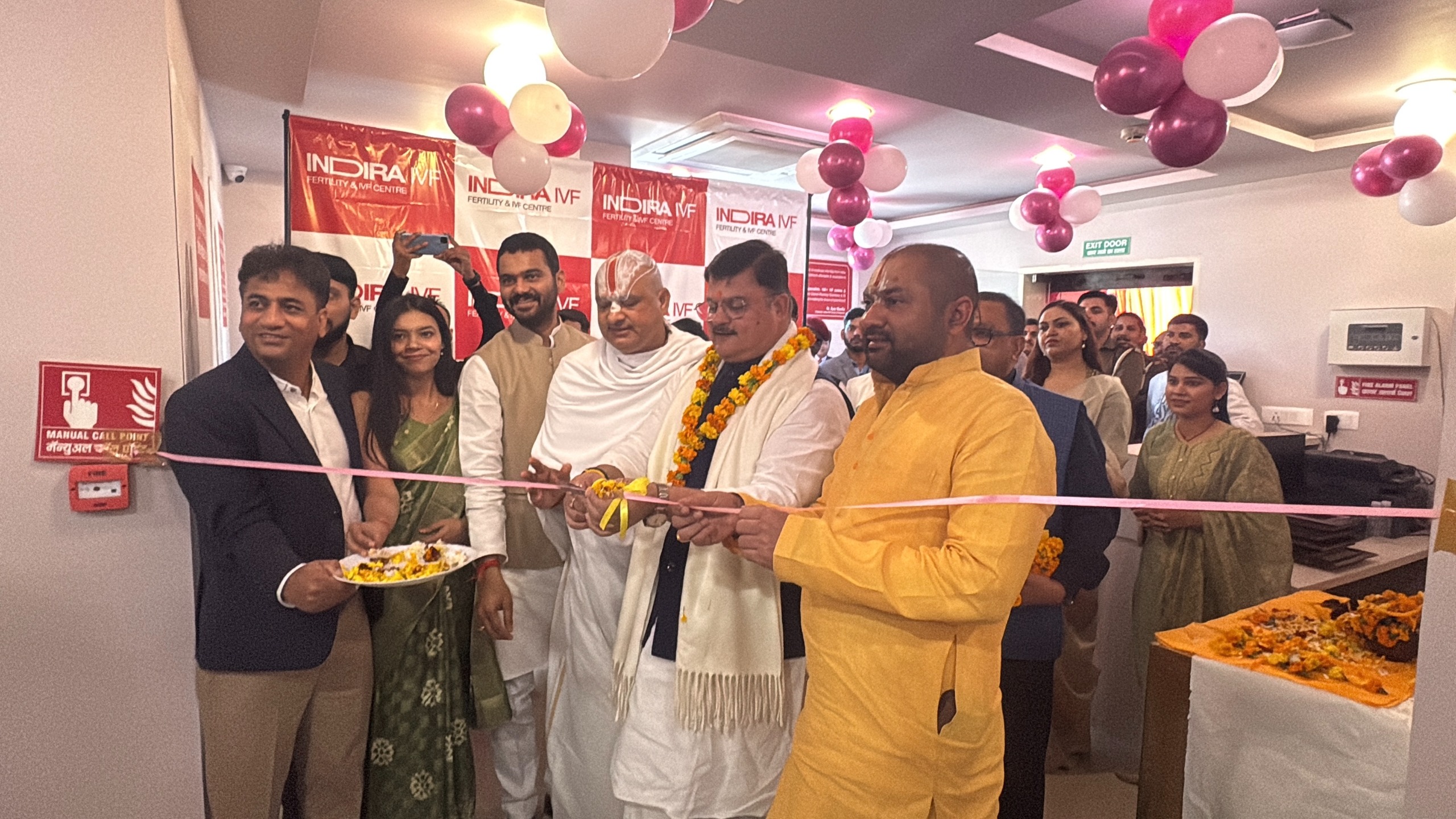
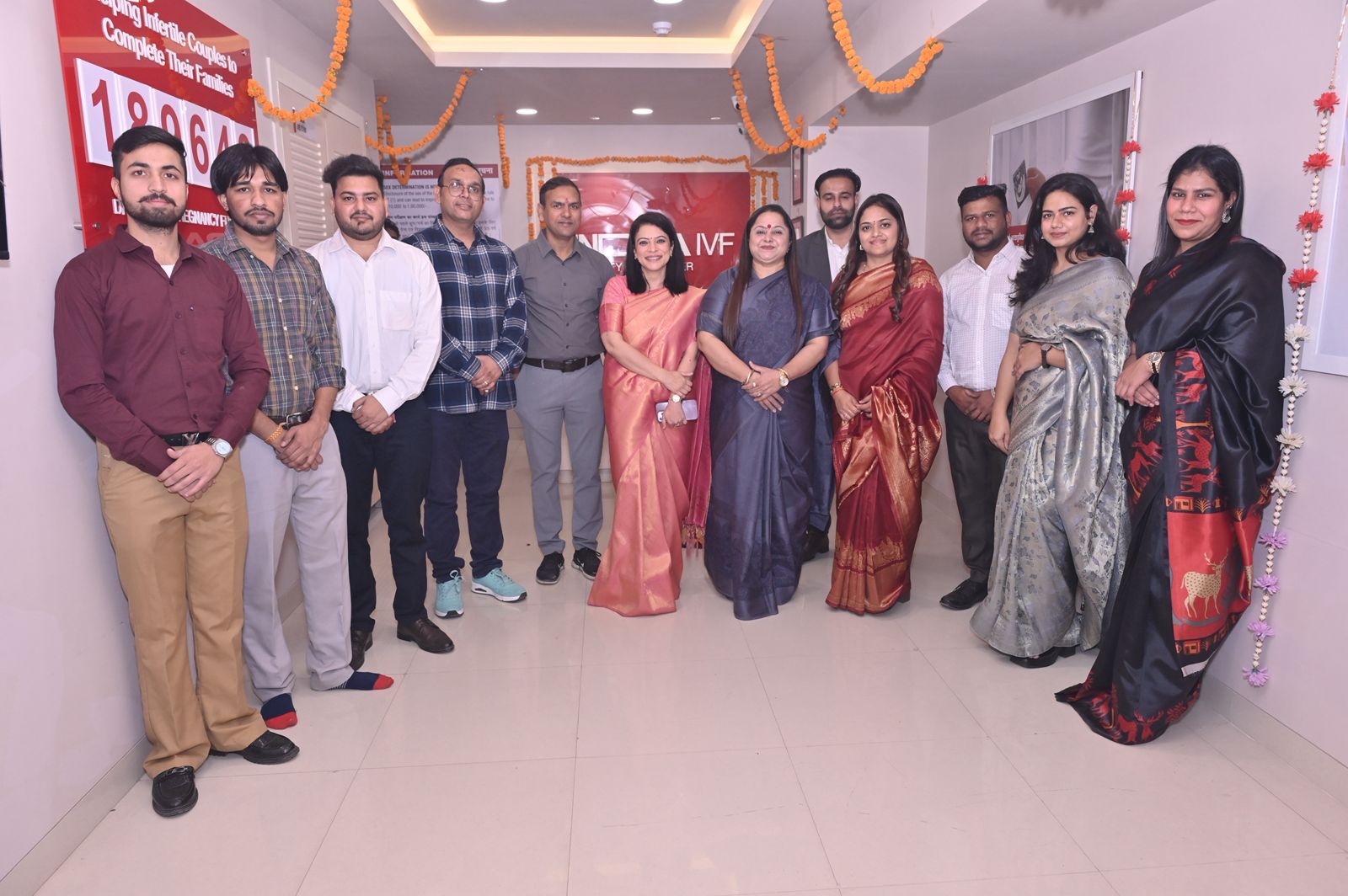
Leave a Reply